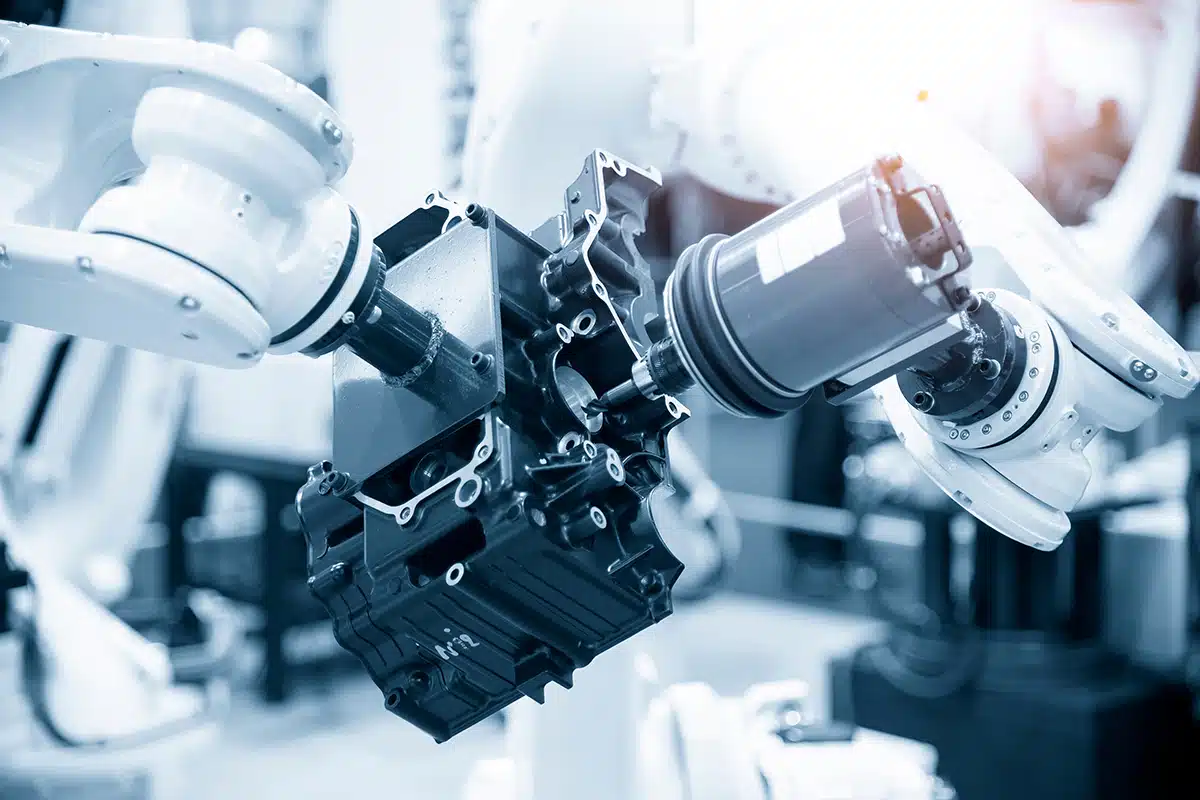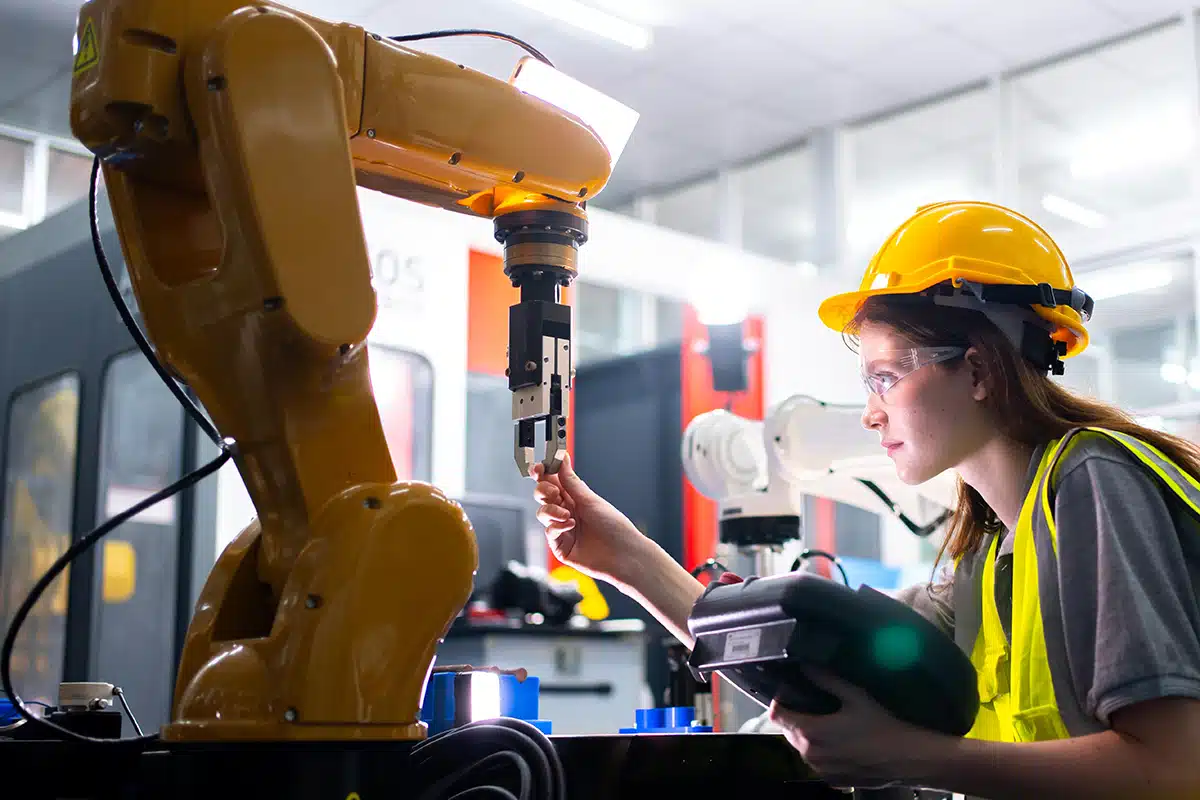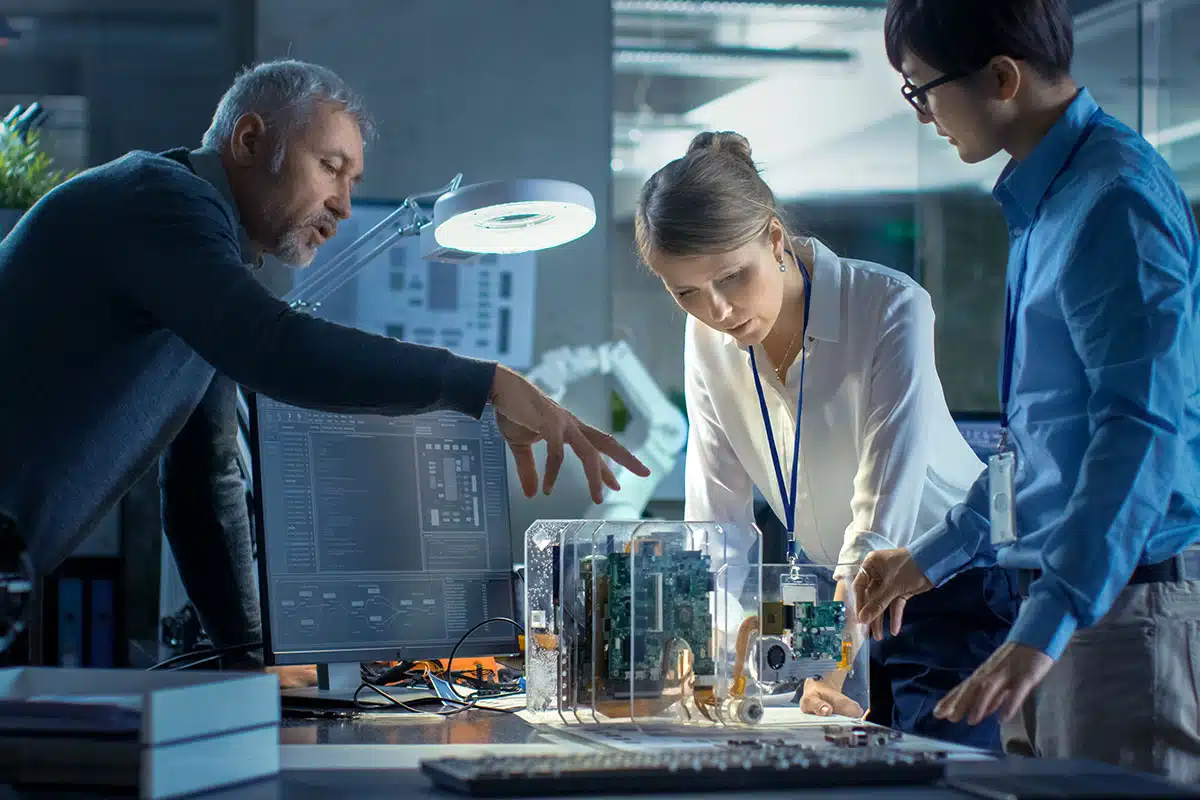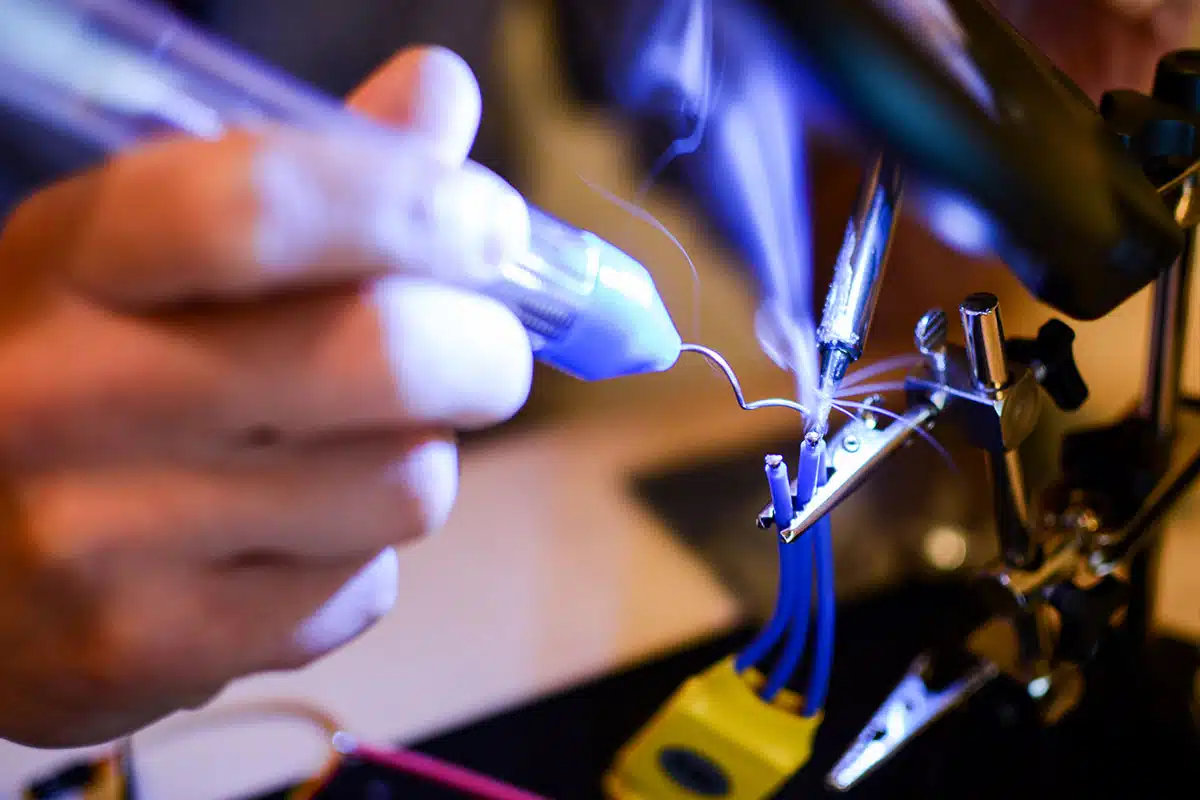Don Nelson, Senior Vice President of Operations at PRIDE Industries, was interviewed recently by Electronics Manufacturing News. In Part Two of the two-part interview, Don gives valuable advice for reshoring manufacturing successfully. Not sure whether or not your company should reshore operations? See Part One of the interview.
To keep up with industry news and trends, subscribe to Electronics Manufacturing News.
Electronics Manufacturing News (EMN)
What are some strategies for reshoring manufacturing?
Reshoring manufacturing operations back to the U.S. requires a multi-faceted strategy that addresses logistics, weather, labor, and warehouse operations.
Don Nelson
First, you need a plan, one that has input and buy-in from all the relevant stakeholders, including engineers, supply chain managers, and execs. Then, if the feasibility studies and risk assessments yield a green light, you can start slowly.
For most companies, it makes sense to take a phased approach. Like a hybrid model, where you start by reshoring IP-sensitive or high-value production first and then expand the products you make domestically as your production capabilities increase.
Similarly, depending on why you’re choosing to reshore, you may not need to come all the way back to the U.S. You can solve a lot of shipping and weather problems by nearshoring to a place like Mexico. Of course, even with nearshoring, you still have the issue of tariffs.
If you bring production back to the U.S., then I recommend investing in cutting-edge automation. That will help reduce labor costs, and can also improve quality and efficiency over what you had before. Reshoring manufacturing gives you a clean slate; I’d make the most of it by setting up state-of-the-art systems.
And finally—and this is actually something I’d do at the planning stage—make sure you investigate grants, tax breaks, and other government incentives for bringing your manufacturing back onshore. Federal, state, and even local governments sometimes offer these economic incentives, and the terms usually aren’t onerous, which makes these incentives a good deal. Never leave money sitting on the table.
EMN
When does it make sense to use a contract manufacturer as a way to reshore? How do you determine when to do it yourself and when to rely on a third party?
Don
There are certain situations where a lot of risk can be avoided by using a contract manufacturer. Companies that have variable production volumes, for example, can get a lot of benefit from this kind of partnership, because contract manufacturers are equipped to efficiently manage fluctuations in demand—whether it’s ramping up a new product or scaling down during a slow period.
Contract manufacturers also bring deep expertise in regulatory compliance, and can help their partners navigate local and international standards like UL, FCC, or RoHS. This expertise is crucial for avoiding legal pitfalls and ensuring a smooth market entry.
Another advantage companies get in this type of partnership is the ability to leverage their contract manufacturer’s infrastructure and supply chain relationships, which can significantly speed up the time to market for new products. This is especially valuable in the fast-paced electronics sector, where being first to market can be a major competitive advantage and a real incentive for reshoring manufacturing in the first place.
EMN
What strategies would you recommend for companies to ensure a smooth and cost-effective transition when reshoring manufacturing operations back to the U.S.?
Don
Reshoring manufacturing back to the U.S. requires a multi-faceted strategy that addresses logistics, weather, labor, warehouse operations, and robust management systems.
Start with thorough logistics planning. Given tariff policy shifts and changing trade routes—including potential disruptions around key passageways like the Panama Canal—evaluate alternate distribution methods and secure partnerships with logistics specialists who understand U.S. regulations and geography. Integrate advanced logistics management (LM) systems and IoT-enabled platforms to optimize supply chain routes, predict delays, and maintain real-time visibility into goods movement.
Weather remains a critical factor: U.S. regions face diverse climates, and manufacturing hubs in the Southeast or Midwest may encounter hurricanes, storms, or winter delays. Use predictive analytics within LM systems to build contingency plans around severe weather, including dynamic rerouting and warehouse stock adjustments.
Also, be sure to assess labor market conditions by focusing on strategic recruitment, workforce training in automation, and upskilling existing employees to collaborate with robotics and AI-driven equipment. Persistent labor shortages demand creative workforce solutions, like investing in competitive compensation packages and automation to offset gaps.
Warehouses should be re-evaluated for scalability, flexibility, and sustainability. Implementation of advanced warehouse management systems (WMS) supports inventory controls, lean operations, and rapid order fulfillment. Consider green building standards and energy-efficient upgrades to minimize overhead costs in new facilities; this also helps companies future-proof against energy price shocks and respond to demands for sustainable operations.
Finally, integrate a comprehensive quality management system (QMS) to drive consistency and compliance from day one. A well-documented QMS ensures process control, traceability, real-time quality monitoring, and rapid problem resolution—all of which are crucial during the turbulence of relocation and startup. By combining tech-enabled management systems, strategic workforce planning, climate-aware logistics, and agile warehousing, companies can significantly mitigate risks, streamline costs, and position themselves for sustainable growth in the reshored U.S. manufacturing landscape.
EMN
How important is having a trained workforce for successfully reshoring manufacturing, and what steps should companies take to build and retain a skilled workforce?
Don
A trained workforce is absolutely critical to the success of reshoring in electronics manufacturing. While bringing production back to domestic soil involves investments in facilities and technology, the human element remains the backbone of sustainable operations. A skilled workforce not only ensures smooth production processes but also drives the innovation and operational efficiency that’s essential for competitiveness.
To build and retain this workforce, companies should start with comprehensive training programs. Deploying structured training, including continuous improvement methodologies like Six Sigma and Kaizen, sharpens process quality and problem-solving skills. And partnerships with trade schools, community colleges, and technical institutions can foster talent pipelines and keep operations resilient. These collaborations also help fast-track apprenticeships and certifications tailored to modern manufacturing technologies. Finally, as a leader of a social enterprise with a mission to provide jobs for people with disabilities, I also recommend that companies look beyond their traditional hiring pools to include overlooked groups like people with disabilities and military veterans.
Beyond initial training, continuous employee development is essential. Leveraging modern training technologies like VR simulations and e-learning platforms enhances workforce readiness for complex manufacturing environments. Companies should also foster a culture of innovation and learning, and offer growth opportunities that boost retention.
Investing in competitive compensation, wellness programs, and flexible work arrangements also plays a crucial role in attracting and keeping skilled workers. Strong workforce development efforts reduce turnover and enhance safety, which are significant operational advantages.
Ultimately, successful reshoring requires a strategic emphasis on workforce capabilities. That means building and nurturing a skilled, motivated team backed by institutional partnerships, ongoing training, and continuous talent pipeline development. This approach not only bridges the critical skills gap but also ensures that reshored operations are efficient, innovative, and competitive.
EMN
What role does investing in advanced technologies, such as automation or AI, play in making reshoring both viable and competitive?
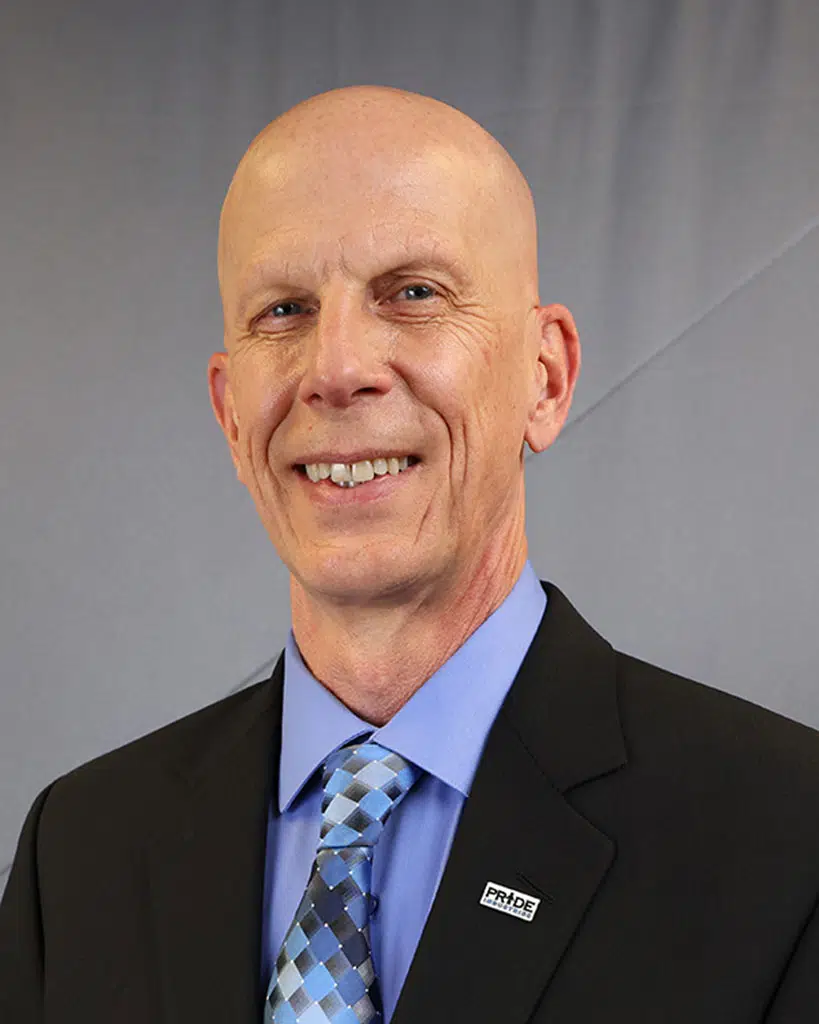
Don
Investing in automation and AI are crucial for reshoring manufacturing successfully. Reshoring can sometimes bring higher labor costs compared to offshoring, so for reshoring to make sense, it must make companies more agile and efficient. Automation helps by taking over repetitive, dangerous, or precision-based tasks, boosting productivity and reducing labor costs. AI enhances automation by enabling smarter, adaptive systems, like AI-driven collaborative robots (cobots) that work safely alongside humans to improve speed, quality, and flexibility on production lines.
AI is particularly valuable for benchmarking and forecasting. By analyzing real-time production data and market trends, AI systems create digital twins that enable manufacturers to simulate and optimize operations before implementing changes. This supports better demand forecasting, inventory management, and resource allocation, which reduces waste and downtime. However, for AI to be truly effective, you have to ask the right questions and define relevant objectives. Without clear direction, AI’s predictive and analytical capabilities can be underutilized or misapplied.
Together, AI and automation form a powerful combination. Automation executes physical tasks efficiently; AI continuously learns from data to optimize processes, predict maintenance needs, and adapt workflows dynamically. This synergy allows reshored manufacturing operations to achieve the flexibility, quality, and cost-effectiveness that companies need to compete globally. And that’s what bridges the gap between higher domestic costs and supply chain resilience. When companies embrace these technologies, then reshoring becomes a true competitive advantage.
EMN
What advice would you give for building strong relationships with domestic suppliers to ensure a resilient and efficient supply chain after reshoring manufacturing?
Don
I think the basis for any good manufacturing partnership is transparency. That means sharing accurate forecasts, production schedules, and potential challenges early. This fosters trust and allows suppliers to plan proactively. Equally important is clear, consistent communication at multiple levels—from strategic leadership meetings to operational check-ins—so issues are addressed before they become disruptions.
Approach the relationship as a partnership, where both sides commit to long-term success rather than short-term transactions. In this model, companies and their suppliers share mutual risk for mutual gain. That’s why I recommend collaborating on product development and inventory management, and even investing jointly in new technology.
A resilient relationship also depends on a willingness to compromise. Lead times, pricing, or minimum order quantities may need adjustment as domestic supply chains scale. Finding balanced solutions ensures both parties remain profitable and competitive.
The fact is, in the most successful partnerships, suppliers are treated as strategic allies, not interchangeable vendors. When you combine transparency with open communication and a shared risk-reward commitment, you get a partnership that can weather market fluctuations, accelerate innovation, and secure your reshoring investment for the long term.
EMN
Could you talk about a specific tactic for building a strong partnership with a domestic supplier?
Don
Sure. I can give you three.
First, make sure you engage suppliers early and regularly in collaborative strategic planning sessions, so you can align goals, expectations, and performance metrics. This includes sharing forecasts, capacity plans, and ideas for reducing costs and improving quality. Jointly setting measurable KPIs and mutual success targets builds shared accountability and trust, which embodies the “mutual risk for mutual gain” philosophy.
Second, establish structured communication channels and meeting cadences—ranging from executive-level relationship reviews to day-to-day operations check-ins. Openness about challenges or potential disruptions encourages problem-solving rather than finger-pointing. This transparency helps you anticipate risks and develop contingency plans together, which strengthens your supply chain.
Third, develop mechanisms for shared investment in process improvements, technology upgrades, or capacity expansions that benefit both you and your supplier. Adopt contract terms that reflect a willingness to compromise on lead times, pricing, or order sizes as market conditions evolve. This encourages a true partnership mindset where both sides balance risk and reward, fostering long-term stability and innovation.
Following these tactics with your supplier lets you transform a transactional relationship into a trusted partnership that supports efficiency, flexibility, and mutual growth.
EMN
When choosing a third-party manufacturing contractor in the U.S., what key factors should executives consider in order to ensure a reliable partnership?
Don
When you’re choosing a manufacturing partner, you really have to look at it from both a strategic and a practical angle. The first thing I tell companies is: Check the contract manufacturer’s track record. How long have they been doing this, and who have they worked with? That tells you a lot about their staying power and reliability.
Just as important is experience in your specific industry. You want a partner who understands your regulatory requirements and the quality standards you’re held to. Any potential partner should be able to show you its certifications, audit history, and the quality systems it has in place.
But technical capability isn’t the whole story. Flexibility is huge. Demand shifts, designs evolve, and supply chain surprises happen. The right contractor can flex with those changes without blowing up your schedule or your budget.
And then there’s cultural fit, which I think is often underestimated. Do they communicate in a way that works for your team? Do they approach problem-solving and accountability the same way you do? That alignment makes a big difference when challenges come up. At the end of the day, the strongest partnerships blend operational excellence with adaptability and a shared way of doing business.
